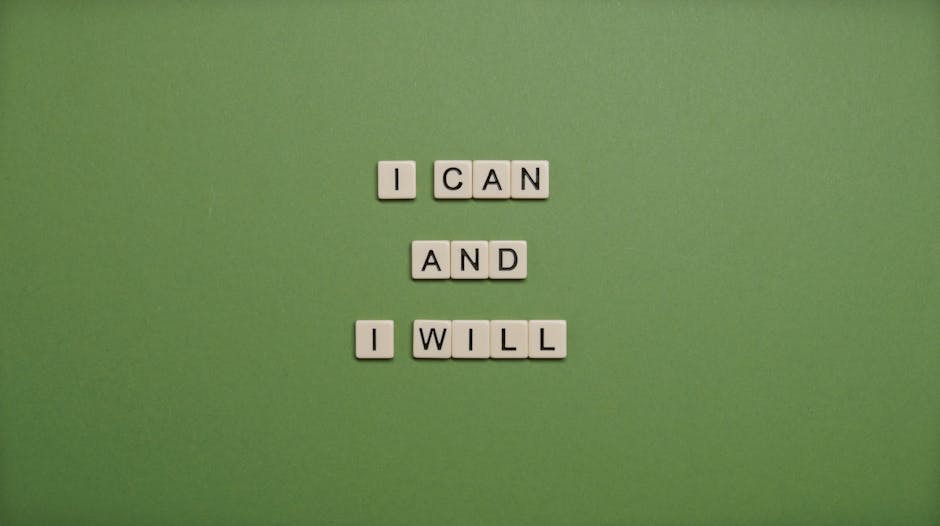In the gilded halls of New Delhi’s Raisina Dialogue, where global strategy is dissected with diplomatic precision, a blunt statement from India’s Army Chief, General Manoj Pande, cut through the noise. Speaking on the future of warfare and global stability, he delivered a line that was as candid as it was unsettling: “What will Donald Trump do if he comes to power? Even he doesn’t know.”
This wasn’t just a casual jab at the former US President’s infamous unpredictability. It was a powerful metaphor for the central challenge facing every military planner in the world today: we are sailing in a thick, impenetrable fog. The old maps are useless, and new ones haven’t been drawn. As General Pande described it, we are living in a “clueless” future.
From Fog of War to a ‘Fog of Everything’
For generations, military strategy was built on a set of knowns. You knew your enemies, you understood their capabilities, and you could game out scenarios based on established doctrines. But the 21st century has gleefully torn up that rulebook. The “fog of war” has expanded into a “fog of everything.”
What did the General mean by “clueless”? It’s not an admission of incompetence, but a sobering diagnosis of the global condition. The variables are multiplying at an exponential rate. The Russia-Ukraine conflict has upended conventional warfare assumptions. The Israel-Hamas war has shown how regional conflicts can have cascading global consequences. Looming over it all is the disruptive force of technology – AI-driven warfare, lethal autonomous drones, cyber-attacks, and information warfare that turns public opinion into a battleground.
Why Trump Represents the Ultimate ‘Known Unknown’
General Pande’s use of Donald Trump as the poster boy for this uncertainty is particularly sharp. A potential second Trump presidency represents one of the biggest “known unknowns” for the global order. Would he pull the US out of NATO? Would he upend trade agreements that form the bedrock of the global economy? Would he change American policy in the Indo-Pacific?
The answer to all these questions is a giant shrug. For a country like India, which navigates a delicate balancing act between global powers, that unpredictability is a strategic nightmare.
India’s High-Stakes Reality
This isn’t an academic exercise for India. We live in the world’s most volatile neighbourhood, facing a constant two-front threat from nuclear-armed neighbours. For the Indian Army, this “clueless” future means preparing for a multi-domain war that could erupt with little warning. The conflict will not just be in the icy heights of the Himalayas; it will be fought in cyberspace, across the electromagnetic spectrum, and in the satellite constellations above us.
This is precisely why the Army Chief’s statement is so crucial. It’s a public acknowledgement that the old ways of thinking are no longer sufficient. It underlines the urgency behind the push for Atmanirbharta (self-reliance) in defence. In a world of fickle alliances and unpredictable partners, the only hardware you can truly count on is the hardware you build yourself. It also explains the military’s relentless focus on modernisation, restructuring into leaner Integrated Battle Groups (IBGs), and absorbing cutting-edge technology.
General Pande hasn’t raised a white flag of surrender to this uncertainty. Instead, he has fired a flare into the fog, illuminating the treacherous path ahead. His message is clear: in an era where even the most powerful leaders might not know their next move, the only winning strategy is to be agile, self-reliant, and prepared for absolutely anything. The future may be clueless, but India’s preparation cannot afford to be.




